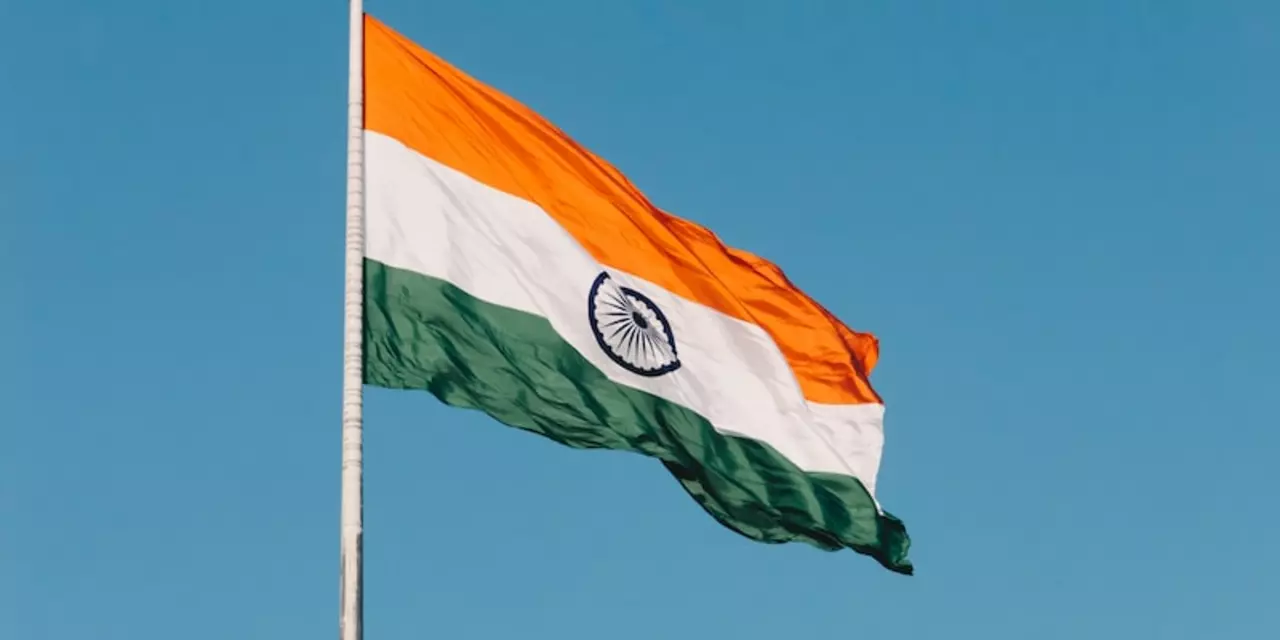History of India – Quick Guide for Civil Service Aspirants
India’s past is a giant puzzle of empires, kingdoms, and cultural shifts. When you crack the main pieces, the whole picture becomes easier to remember for exams. Below you’ll find the big blocks – ancient dynasties, medieval powers, and modern milestones – plus a handy look at a common interview question about rulers during Jesus Christ’s life.
Ancient to Early Medieval: The Foundations
Start with the Maurya Empire (322‑185 BC). Under Chandragupta and Ashoka, the sub‑continent saw the first real political unification and a spread of Buddhism. When the Mauryas fell, the Sunga dynasty (185‑73 BC) took over, keeping the northern heartland stable while promoting Brahmanical traditions.
Next came the Kanva dynasty (73‑27 BC), a short‑lived line that kept the Sunga legacy alive before the rise of regional powers like the Satavahanas in the Deccan and the Kushans in the northwest.
The Gupta era (320‑550 AD) is often called India’s Golden Age. Science, art, and literature flourished, and Sanskrit reached its peak. Around the same time, the Vakataka dynasty (250‑500 AD) ruled central India, supporting Buddhist art and architecture.
Medieval to Early Modern: Changing Hands
After the Guptas, India splintered into many regional kingdoms – the Cholas in the south, the Rashtrakutas in the west, and the Palas in the east. Islam entered the scene in the 8th century, leading to the Delhi Sultanate (1206‑1526 AD), which introduced new administration systems and architecture.
The Mughal Empire (1526‑1857 AD) unified most of the sub‑continent again. Leaders like Akbar, Shah Jahan, and Aurangzeb built iconic monuments and centralized revenue collection. Their policies still show up in exam questions about land reforms and cultural syncretism.
Finally, the British East India Company arrived in the 18th century, turning into direct Crown rule after 1858. The freedom movement grew, culminating in independence in 1947 and the birth of the Republic.
Now, let’s answer a classic UPSC‑type query: Who were the rulers in India during Jesus Christ’s timeline? Jesus is believed to have lived between 4 BC and 30 AD. In India, that period covered the late Maurya phase, the Sunga dynasty, and the early Kanva rulers. The Mauryas had already declined, but their administrative ideas lingered. The Sungas and Kanvas governed the north while the south saw the rise of early Tamil kingdoms like the Cheras and Pandyas, which were largely independent of the northern power struggles.
Why does this matter? Knowing the overlap helps you link world history with Indian timelines – a skill the civil service exam loves. When you see a question tying a global event to an Indian one, picture the map and the ruling houses at that exact moment.
To keep the information fresh, make a simple table: empire, reign years, key contribution. Review it daily, and you’ll recall dates without stress. Pair the table with a quick flashcard set for each dynasty’s ruler names – that’s the fastest way to lock facts in memory.
Remember, history isn’t just dates; it’s cause and effect. Ask yourself: how did Ashoka’s Dhamma influence later religious policies? How did Mughal land revenue shape British taxation? Connecting these dots turns rote memorization into real understanding, which is what the exam expects.
Use this page as your launchpad. Dive into each empire’s page for deeper details, practice the timelines, and test yourself with the quiz at the end of the article. With the right focus, the whole saga of India becomes a story you can tell confidently – whether in a written answer or a personal interview.
Posted by
Arvind Suryavanshi
0 Comments

The article looks at the timeline of rulers in India during the life of Jesus Christ. During this period, the Maurya Empire was the primary ruling force in India, having been established in 322 BC. They were followed by the Sunga dynasty in 185 BC, and then the Kanva dynasty in 75 BC. After this, the Gupta Empire came to power in 320 AD, but were eventually replaced by the Vakataka dynasty in the mid-3rd century AD. The last major ruling force before the arrival of the British were the Mughals in the 16th century. In summary, the major ruling forces in India during Jesus Christ's timeline were the Maurya, Sunga, Kanva, Gupta, Vakataka, and Mughal Empires.
read more